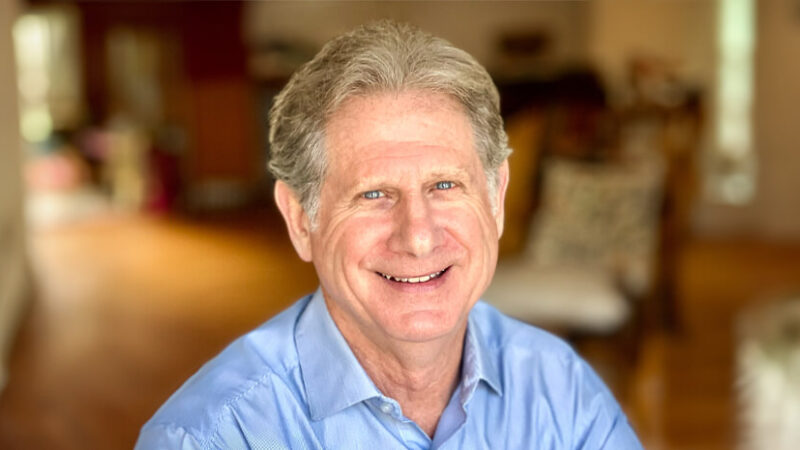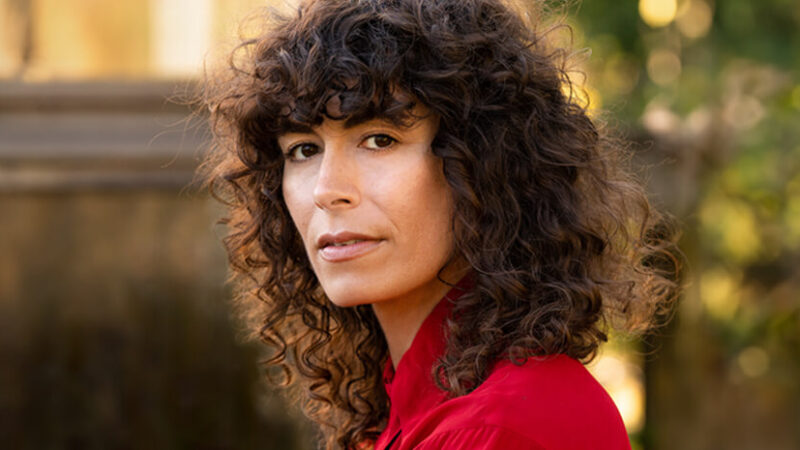The Spiritual Dimension of Reality, Part 1
As a nuclear physicist and former university professor, Claude Poncelet may seem an unlikely choice to be one of the world’s foremost authorities on shamanic practice. Yet, Claude has taught shamanic spirituality worldwide for more than 25 years, and has recently written the book The Shaman Within: A Physicist’s Guide to the Deeper Dimensions of Your Life, the Universe, and Everything. In this episode, Tami and Claude discuss the innate sentience of all matter, the points where science and shamanism converge, and the practical benefits of a leading a shamanic life in the modern world. They also speak on the shamanic art of shape-shifting, both as a spiritual practice and a path to physical healing. (73 minutes)




